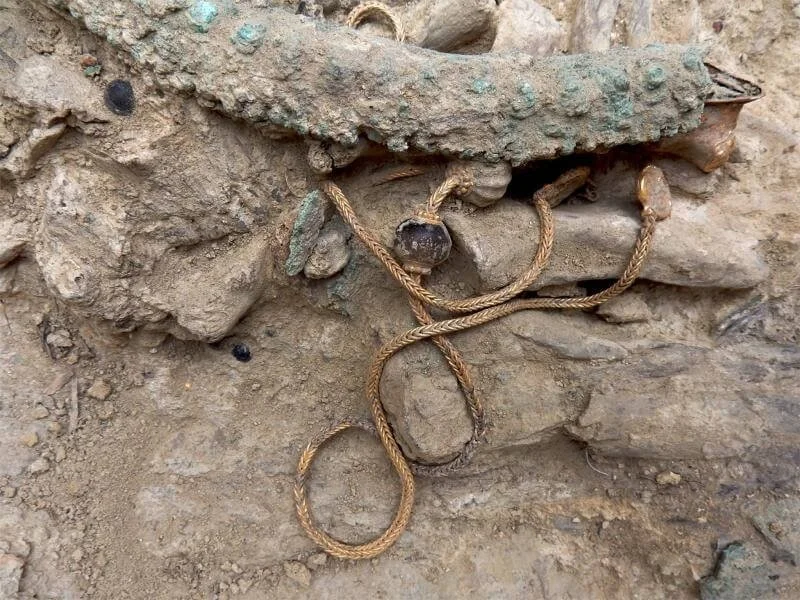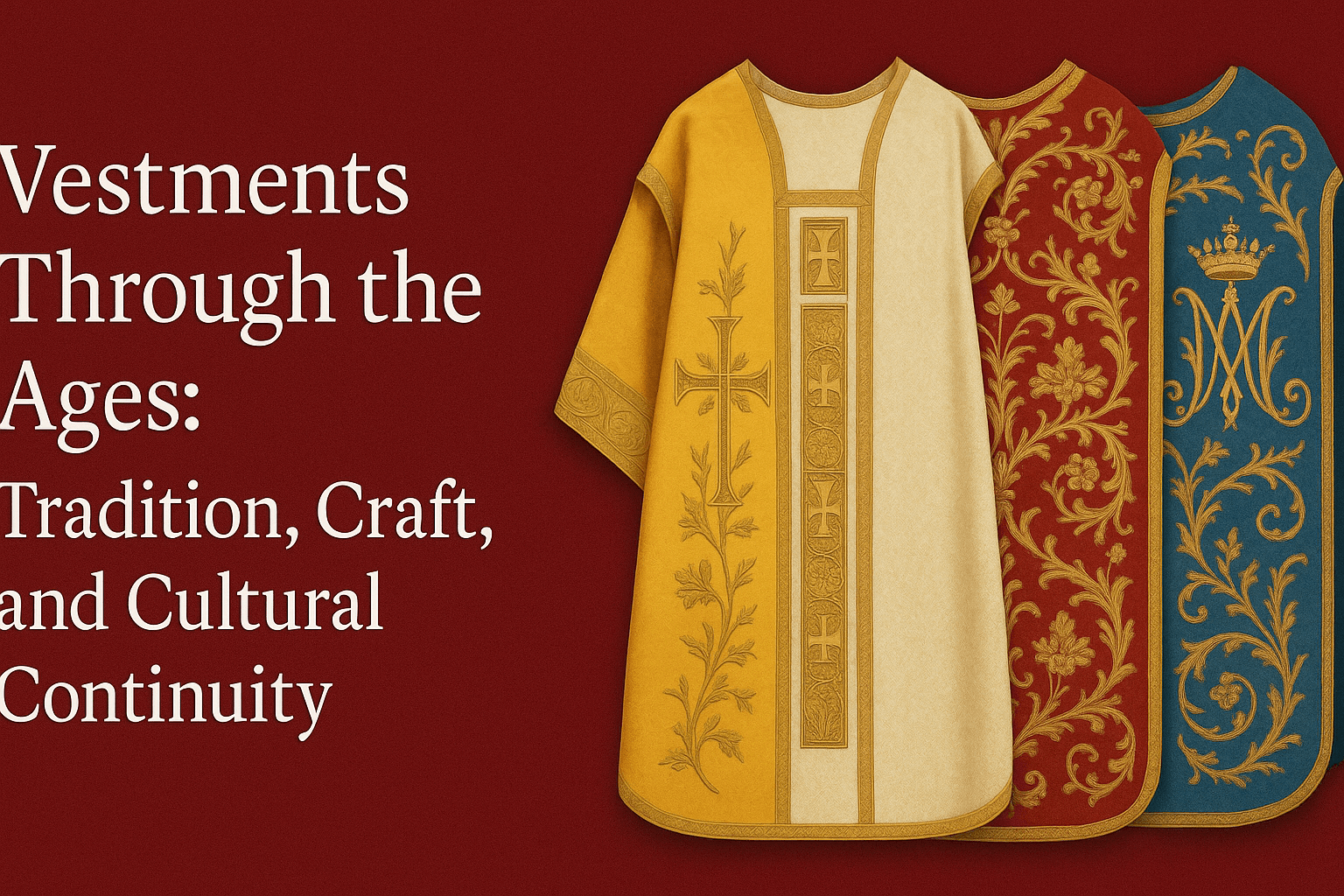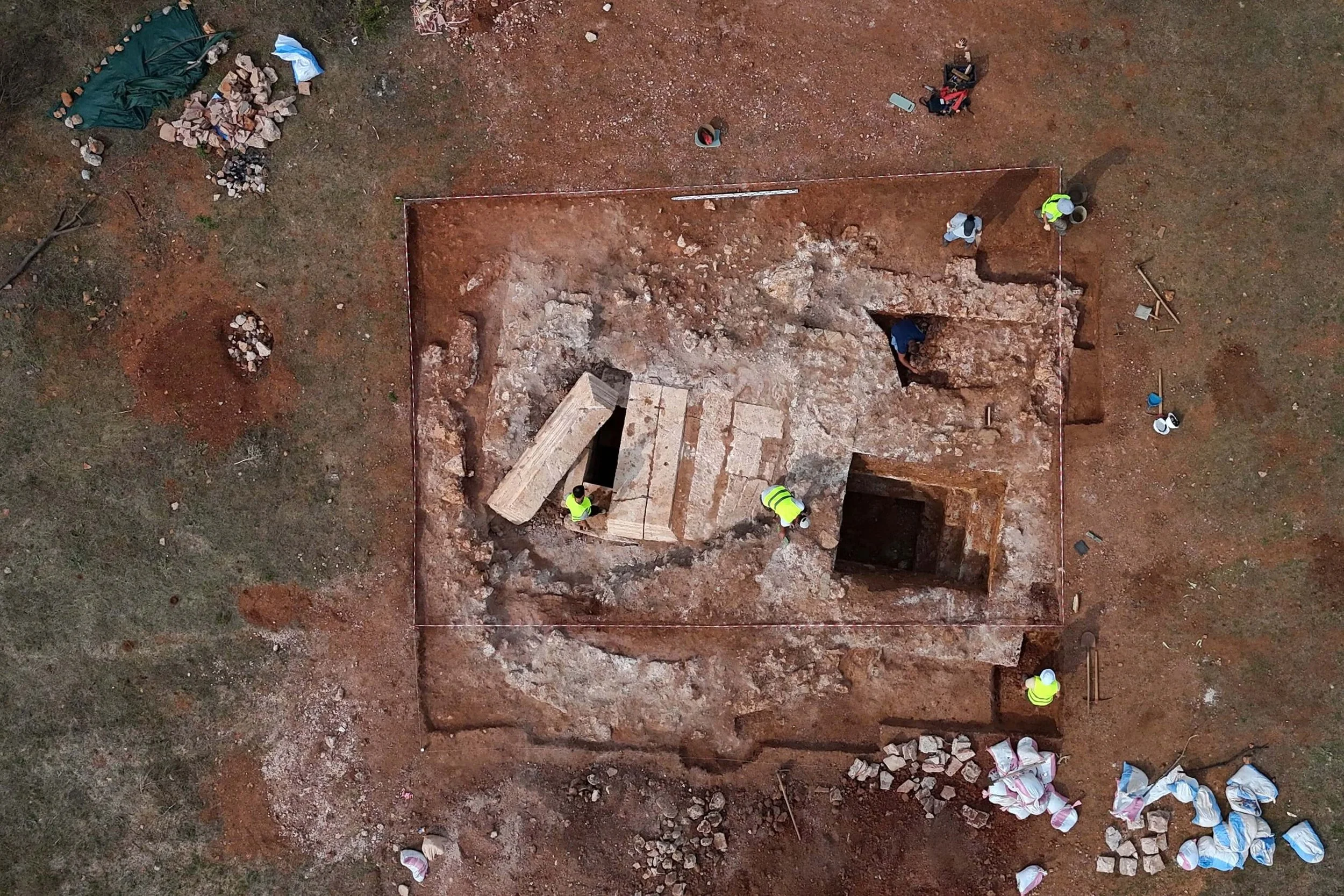In the grand tapestry of ancient Egyptian civilization, few institutions held as much significance as the Pharaoh’s court. Acting as the epicenter of political, religious, and administrative power, the court not only reinforced the divine authority of the Pharaoh but also orchestrated the daily governance of one of history’s longest-lasting empires. This article delves into the structure, roles, and influence of the Pharaoh’s court, revealing the intricate machinery that sustained the kingdom along the banks of the Nile.
The Pharaoh: Divine Ruler and Central Authority
At the heart of the court was the Pharaoh, revered not merely as a monarch but as a living god. The Pharaoh was believed to be the earthly embodiment of Horus, the sky god, and the intermediary between the divine and mortal realms. Every decree issued from the court bore the weight of divine will, shaping the cultural and political landscape of Egypt.
The Pharaoh's responsibilities were multifaceted — from overseeing agricultural production to ensuring cosmic balance (ma’at) through just rule. This divine mandate placed immense importance on the people surrounding the Pharaoh, who helped execute his vision.
The Vizier: Right Hand of the King
Directly beneath the Pharaoh stood the Vizier, the highest official in the land and the Pharaoh’s most trusted advisor. Often compared to a prime minister, the Vizier oversaw the bureaucracy, managed taxation, supervised construction projects, and ensured justice was carried out. All reports from other officials passed through the Vizier before reaching the Pharaoh.
Famous viziers like Imhotep, who later became deified, exemplified the immense influence wielded by this position. The Vizier’s duties required not only loyalty but also an intimate understanding of both administrative practices and religious traditions.
Nobles and High Officials: The Courtly Elite
The Pharaoh’s court was populated by a complex hierarchy of nobles, priests, military commanders, and scribes, each with specialized duties. Nobles often governed provinces (nomes) in the Pharaoh’s name, ensuring the collection of taxes and the implementation of royal decrees.
High officials managed critical aspects of statecraft, such as diplomacy and trade. They facilitated contact with foreign lands, ensuring the flow of luxury goods like gold, incense, and exotic animals that bolstered the court’s splendor.
Priests and Religious Authority
Religion permeated every aspect of Egyptian life, and the court was no exception. High priests held sway over temple complexes, acting as intermediaries between the divine and the mortal world. The Pharaoh himself was the high priest of every temple, but in practice, this role was delegated.
Priests oversaw daily rituals, ensuring the gods remained appeased, and managed the vast agricultural estates attached to temples. These religious duties reinforced the Pharaoh’s divine authority, intertwining governance with sacred obligation.
Scribes: Keepers of Knowledge
Scribes were the lifeblood of the administrative system. Trained from a young age, they mastered the complex hieroglyphic and hieratic scripts, recording everything from tax records and legal proceedings to religious texts and royal decrees.
Their meticulous record-keeping ensured the smooth operation of the state and the preservation of history. Without scribes, the complex bureaucracy of ancient Egypt would have ground to a halt.
Ceremonial Splendor and Daily Life
The Pharaoh’s court was not merely a place of governance but also a stage for grand ceremonies that reinforced the ruler’s divine status. Lavish banquets, religious festivals, and public rituals demonstrated the Pharaoh’s power and maintained social cohesion.
Daily life at court, however, was a delicate balance of protocol and intrigue. Access to the Pharaoh was a privilege granted only to the most trusted individuals, and court politics could be as perilous as the deserts surrounding the Nile.
Legacy of the Court
The Pharaoh’s court was more than an institution; it was the beating heart of Egyptian civilization. It orchestrated the construction of monumental architecture, maintained cosmic balance through ritual, and administered a sprawling empire for millennia.
Even today, the echoes of the court’s grandeur resonate through the pyramids, temples, and inscriptions that endure along the Nile, offering a glimpse into a world where power was divine and governance was an art perfected over the sands of time.
Conclusion
The court of the Pharaoh was a microcosm of Egyptian society, reflecting its hierarchical structure, religious devotion, and administrative sophistication. As the nerve center of ancient Egypt, it ensured not only the Pharaoh’s rule but also the stability and continuity of an empire that endured for over three thousand years. In understanding the court, we unlock the secrets of a civilization that continues to captivate the imagination of the modern world.


























